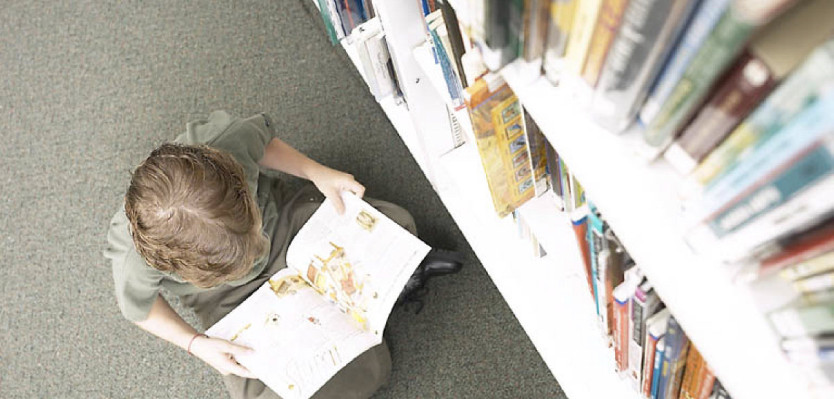
by Pat Miller
If you think true books for children are boring, then it’s been too long since you’ve read one. Lyrical writing, in-depth research, breath-taking photography, and detailed illustrations are the new norm in nonfiction. Here’s how you can reap the benefits of writing nonfiction:
Re-purpose your hard-earned fiction writing skills. Many true books use a story arc, character development, and dialogue to relate historical, scientific, or biographical topics. But it’s all founded on fact. Good nonfiction relies on a grabby hook and a satisfying ending (especially true for narrative nonfiction). Creative nonfiction does not make up facts, but does rely on some of the same writing techniques as good fiction.
Stretch your curiosity as well as your imagination. Curiosity develops years before imagination. As a child, Steve Swinburne wanted to be an adventurer. He became one as a nonfiction writer, traveling and investigating for books on coyotes, turtles, black bears, and more. Pursue topics that make you wonder. Why are cats and dogs so different? How does an ultrasound work? What was life like in early Las Vegas?
Keep yourself sharp as a lifelong learner. Nothing keeps a mind alert like constantly learning new things. In researching nonfiction, you can learn about Yeti crabs, the history of shoes, and female Civil War spies. Through your research and writing, you will satisfy your own curiosity. And you can take great pleasure in making your new-found knowledge intriguing to children.
Sell to a market that is desperate for good nonfiction. Numerous trade and educational publishers need writers. For example, the Capstone catalog has 13,000 titles, primarily nonfiction. They welcome quality submissions—no agent needed. The Common Core School Standards require increased use of nonfiction across the grades. The staple of reluctant readers is nonfiction, and curriculum is solidly built on it. According to writer and instructor Peggy Thomas, “You are eight times more likely to be published as a nonfiction writer.”
Rely on assistants to help you write. You may have a supportive critique group or a close writing buddy, but when it comes to building the arc, breaking the block, or writing that perfect ending, it’s just you and the blinking cursor. It’s different with nonfiction writing. When I researched an obscure sea captain from Maine, librarians at Thomas Crane Public Library (Quincy, MA) made it their personal quest to find information for me. They emailed me copies of 98 year-old newspaper articles. I received detailed replies from an associate professor of history and marine sciences at the University of Maine, a photo archivist from the Penobscot Maine Museum, and a researcher from The Museum of America and the Sea. Through interlibrary loan to Texas, the Director of the Walsh History Center (Camden, ME) loaned me priceless library books. The Internet puts incredible primary sources at your fingertips. Public library databases and genealogy collections will astound you. You won’t be writing alone.
Can you remember a time when you suffered trepidation before attempting something intimidating, but became a fan afterward? Maybe it was skiing, making a soufflé, or writing fiction? Writing and researching nonfiction hides a secret addiction. My husband can attest to the times I interrupted my research to yell, “Wow—listen to this!” Like archaeologists, we uncover information hidden by time or ignorance. Our research-based writing can breathe life into the long-dead and forgotten. Nonfiction writing is power!
Still feeling apprehensive?
Lean on nonfiction writers. Use their books as mentor texts. Take them apart to see how the writer set the hook, provided answers, fascinated and lured you right through to the end. Imitate their techniques.
Read books on the craft of nonfiction. The best I’ve used is Anatomy of Nonfiction: Writing True Stories for Children. Margery Facklam has written more than 40 true books, daughter Peggy Thomas has 17. Both have won numerous nonfiction awards, and Peggy has taught for The Institute of Children’s Literature. They spill every secret they know about creating nonfiction writing that appeals, amazes, and informs. Their book provides solid instruction, encourages your efforts, and soothes your fears.
Participate in writing conferences. Author Sylvia Liu maintains a list of writing workshops and conferences. Many have strands or sessions for nonfiction writers. One conference that is totally focused on beginning to mid-career nonfiction writers is NF 4 NF: Nonfiction for New Folks (see details below).
Learn from fellow writers, share the passion of experts, and exercise your curiosity. You are going to enjoy this new venture of yours!
Pat Miller’s newest nonfiction for children, The Hole Story of the Doughnut, debuts in 2016 with Houghton Mifflin Harcourt. See her 24 other books at www.patmillerbooks.com.
Want to learn exactly how to write nonfiction for children with all the creative energy fiction writing has to offer? Children’s Book Insider members can go directly to the CBI Children’s Writing Knowledge Base and explore our Nonfiction section. Not a member yet? Click here.
_____________________________
NF 4 NF: Nonfiction for New Folks is a writing conference focused exclusively on nonfiction writers. Whether you are recently established or are brand new to the genre, NF 4 NF is your conference. Learn more here.
NF 4 NF will be held October 9-12 in historic Fredericksburg, TX. Fifteen sessions include:
Seven Parts of the Nonfiction
Picture Book Research Techniques That Get to the Facts
Biographies: Making Friends with Perfect Strangers
Getting Up Close with Science and Nature
What Do Publishers Want?
Writing for the Educational Market
Learning from Mentor Texts
Self-Coaching for Writers
…and much more
The conference is limited to 50 writers, and Early Bird registration continues until September 1. Register here. Critiques are available.
The expert (and fun) faculty includes:
Peggy Thomas, former instructor for The Institute of Children’s Literature and co-author of Anatomy of Nonfiction: Writing True Stories for Children.
Steve Swinburne, enthusiastic author of 30 books on natural science topics, and a talented ukulele player.
Kelly Loughman, Associate Editor of Holiday House
Kristi Holl, author, writer’s coach, and former instructor for The Institute of Children’s Literature.
Kristen McGill Fulton, author and founder of WOW Week of Writing. She also teaches “Nonfiction Archaeology”, an online writing course.
Lucas Miller, the Singing Zoologist and nonfiction writer.
Pat Miller, educator, and author of hundreds of nonfiction articles and seven books for children.
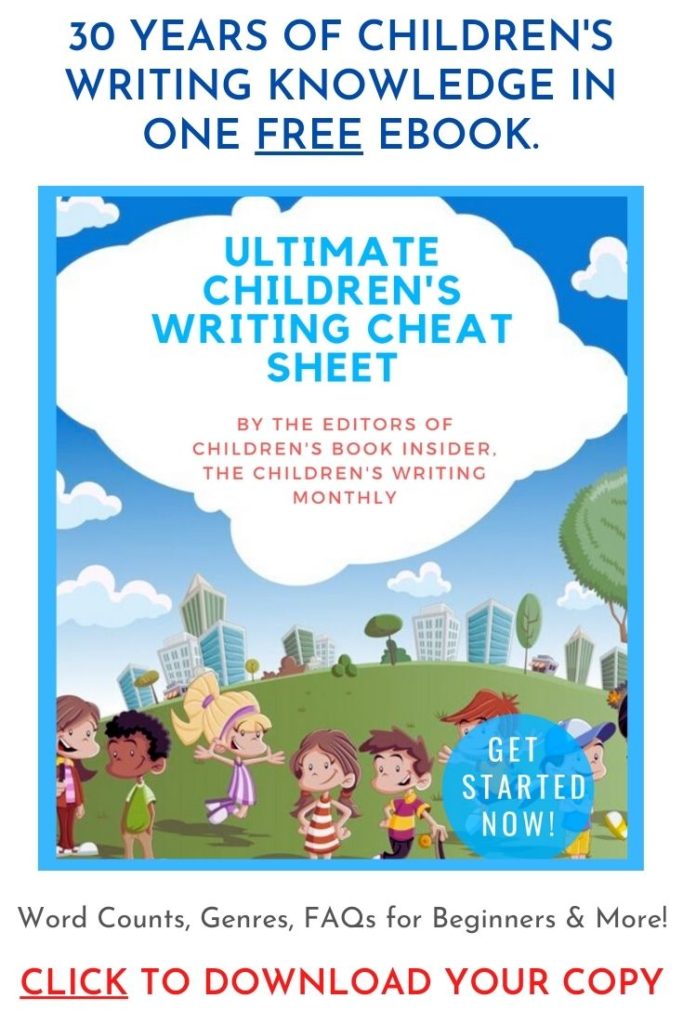
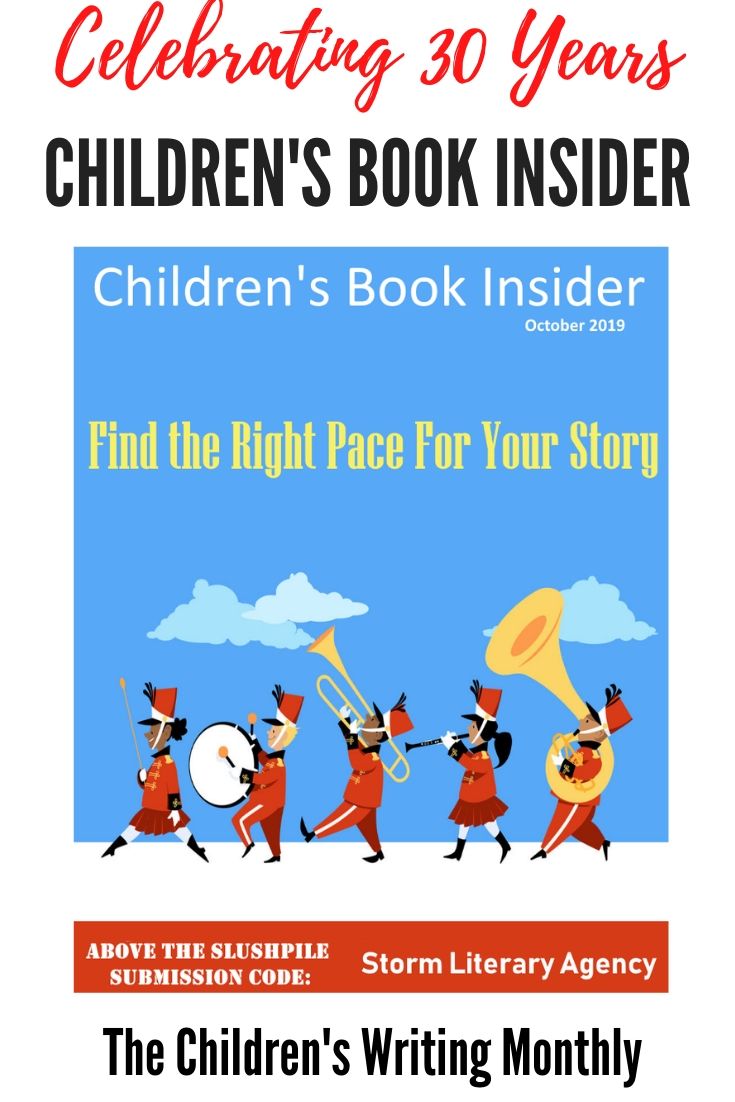
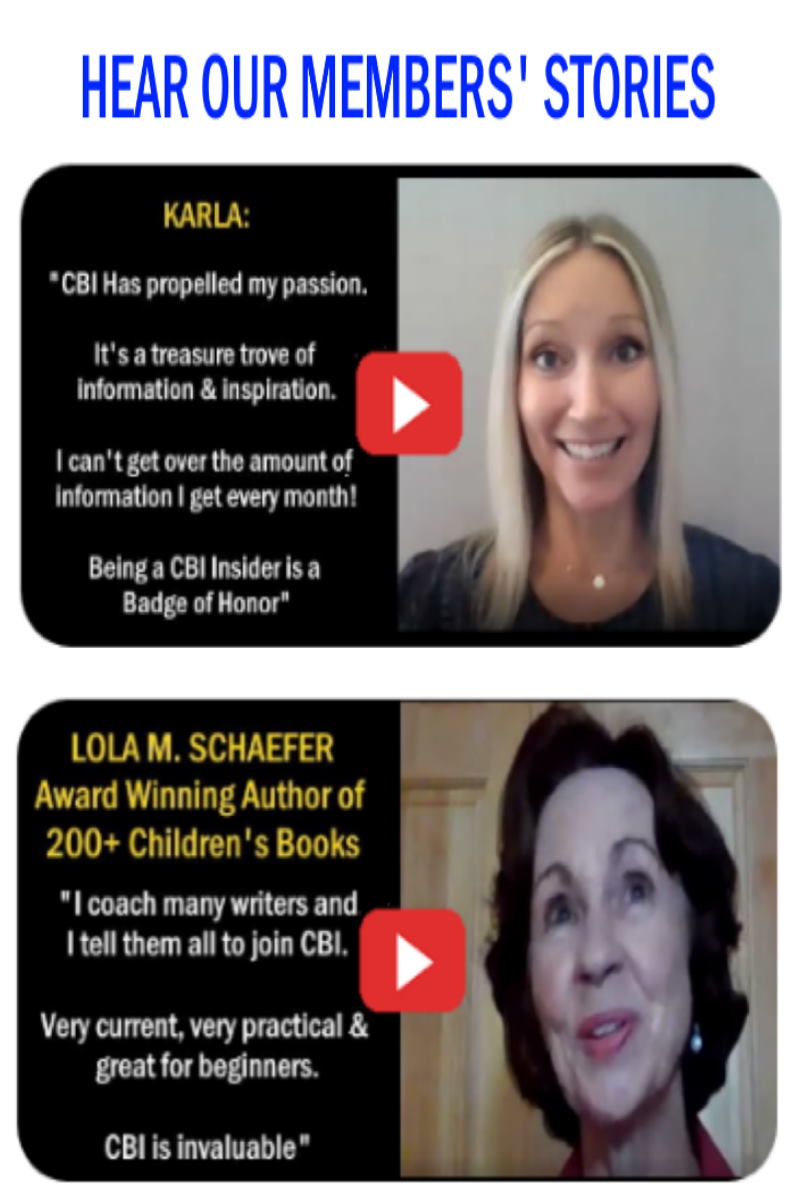
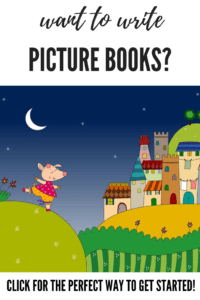


Great post – so many good tips. Thanks for the mention, Pat. Both Elaine Kiely Kearns and I help maintain the list of conferences. We also have a nonfiction page on Kidlit411.com
Pat,
I read your post on ReFoReMo 2015, and I commented on your post. Then you gave me the link to your article here. Thank you for the link. Great article. I am going to delve into non-fiction writing as well.
Thanks again.
So that’s what it’s called! Suddenly I remember reading Tuesdays with Morrie as I was reading this post. Such an interesting piece that book is clearly Albom’s masterpiece by far! Now to look more nonfiction work to read about.